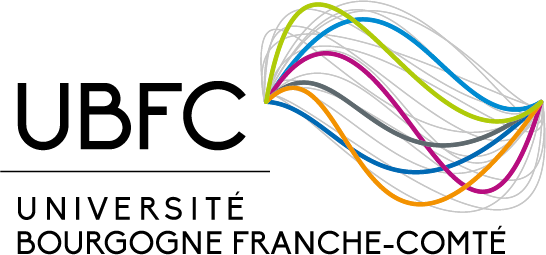DEEP-C Consortium: Carbon sink or methane source – local to global scale assessment of lentic waters’ role in the climate system
Résumé
Lentic waters are biogeochemical reactors, producing and receiving carbon (C) originally fixed by the terrestrial and aquatic biosphere, which is then buried in sediments or respired back to the atmosphere in the forms of carbon dioxide (CO 2 ) and one of the more potent greenhouse gas (GHG) methane (CH 4 ). Additionally, lakes serve as archives of terrestrial and aquatic carbon processes within their sediments, enabling the reconstruction of historical changes spanning thousands of years. These changes encompass alterations in land cover, indicated by pollen records, soil carbon erosion and shifts in lake productivity resulting from changes in land use and climate. Both the burial of C in lakes and the emissions of GHGs are recognised as important components of Earth's climate system, yet they remain poorly understood and constrained due to inadequate quantities and qualities of observations. In the case of GHG emissions from lakes, observations are often sporadic, failing to capture the significant spatial and temporal variations in emissions across diverse lentic systems. To address this challenge, process-based models that incorporate the interconnected biogeochemical processes occurring within lakes and their watersheds would arguably be the best tool to extrapolate from site-level observations to regional and finally global scales, to quantify the anthropogenic impact on these fluxes and to reconstruct long-term shifts in emissions and burial due to changes in land cover and climate. However, the development and evaluation of such models is hampered by the lack of observations in sufficient quality. In this project, we bring together a unique consortium of specialists in aquatic ecology, biogeochemistry, palynology, sedimentology and modelling of terrestrial and aquatic biogeochemistry. This project will put forth a national programme of systematic, long-term observations of lake GHG and C cycling processes of unmet detail, consistency and quality. First, at 40 pilot sites spanning typological and environmental gradients, there will be a comprehensive data acquisition endeavour to evaluate biological processes and mesological factors influencing the sequestration or recycling of organic carbon. This effort will be complemented with a synthesis of existing data (WP1). Second, based on well-dated sediment records, which include both newly-acquired and synthesised existing data, variability of lake C burial and their climate and land-use controls will be reconstructed over the past 150 years (WP2). For 15 of these pilot sites, reconstruction will go back until the mid-Holocene (5,000 years BP), allowing us to shed light on the anthropogenic perturbation of the C cycle in this earlier part of human history, which is commonly excluded from this type of research due to lack of information. The activities of these first two WPs will result in an open-source national database, guaranteeing valorisation of our research far beyond this project. In WP3, we will use the land surface model (LSM) ORCHIDEE C-lateral to assess C cycling in the terrestrial biosphere and the mobilisation of biospheric C into lakes, which is possible due to an explicit representation of soil C leaching and erosion processes and a downscaling scheme permitting us to assess C exports from watersheds at sub-grid scale. While LSMs are used to assess evolution of biospheric C budgets from the beginning of the Industrial Period, we will use it to hindcast the evolution since the mid-Holocene, using lake sediment records for model validation. Moreover, we will develop a new process-based lake C model supported by the database established in WPs 1 and 2, which we will couple to ORCHIDEE C-lateral to simulate lake C burial and GHG emissions in response to climate and processes in the lake watershed. This model set-up will first be used to better constrain contemporary large-scale lake GHG emissions and to disentangle the anthropogenic perturbation of these fluxes from the natural background flux. These estimates will be revolutionary, as they will allow attributing part of lake GHG emissions to anthropogenic emissions for national GHG budget reporting. Then, these models will be emulated to reconstruct evolution of lake GHG budgets and C budgets of the whole lake watershed since the mid-Holocene. While simulations will first be performed at the scales of France and Europe, the development of international partnerships to implement observations from other biomes (WP4) will finally support simulations at the global scale.
Domaines
Sciences de l'environnement| Origine | Fichiers éditeurs autorisés sur une archive ouverte |
|---|---|
| licence |





